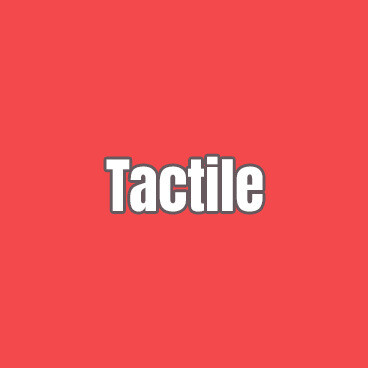Enrichment
7 Types of Enrichment
Tactile – Tactile enrichment refers to any offering that provides a variety of textures for your bird to explore. Tactile is the sense of touch. A tactile enrichment opportunity asks the bird to manipulate the item to get the full experience. The manipulation may result in destruction or it may just be a textural experience that will last through many encounters. For birds that are over preening tactile enrichment can be very helpful in lessening the behavior. Shredding, chewing and preening toys are all good examples of tactile enrichment.
Visual – Our birds are visually stunning which reminds us that they need visual stimulation when in human care. While our birds see a different visual color spectrum than we do we can still offer visual enrichment in the form of colorful toys, images and even through tv and computers. Parrots can be trained to identify certain colors and playing matching games is a great way to visually enrich your birds. You can even use a laser pointer as a form of visual enrichment. Offering colorful toys for your birds will help satisfy the need for visual enrichment. When creating visual opportunities try to remember the colorful places in nature where parrots are found and go wild with colors.
Olfactory – For many years parrot owners were told don’t bother offering scents to your birds they have very small olfactory receptors. This may be true compared to say a vulture but it doesn’t completely discount the category. Olfactory enrichment can be provided very simply by adding natural scents like basil or chilies by rubbing them on toys and perching. You can also include edible flowers in foraging opportunities to add the olfactory dynamic.
Auditory – Adding auditory components to enrichment is fun, easy and inexpensive. You can play music or sounds in your bird room anytime. Nature sounds are great and bird calls are interesting for you companion birds. Be careful to watch for stress induced reactions to some calls and discontinue if your bird exhibits “fearful” behavior. You can also add a sound dimension by creating a rattle sound with seeds or pellets inside a tactile opportunity. Foraging and auditory enrichment work well together.
Social – Social enrichment can refer to socializing with you or other avian members of the flock. If you ask your birds to socialize with other birds, please exercise caution and supervise the interaction at all times. Training time is a great opportunity for social enrichment. Time spent interacting with your companion birds can enhance your relationship.
Exercise – Exercise is one of the most overlooked yet important forms of enrichment. Getting your parrot moving and utilizing more of its space is great for health and wellbeing. Exercise can be encouraged through placement of other enrichment items (don’t always make access easy), placement of food bowls/foraging opportunities and training movement through positive reinforcement.
Dietary – Dietary enrichment does not refer to increasing the amount of food you offer or adding a huge variety of food that may or may not be appropriate. Dietary enrichment refers to the way you offer whatever food you are already providing. Foraging is in my opinion the best way to offer dietary enrichment. Any toy can be used as a foraging toy by simply hiding food items in or on the toy. Just be sure you don’t leave the food enrichment out too long or you will find you’re dealing with food borne pathogens. You can try offering fresh foods in a variety of ways; skewered, hanging in a basket, in larger chunks in with other food items. There are many ways to get creative with your birds’ dietary enrichment. You can also offer novel food items as a way to introduce them into your bird’s diet. All animals will work for their food and foraging is a great way to get your bird started with this.
 |
 |
 |
 |
 |
 |
 |















